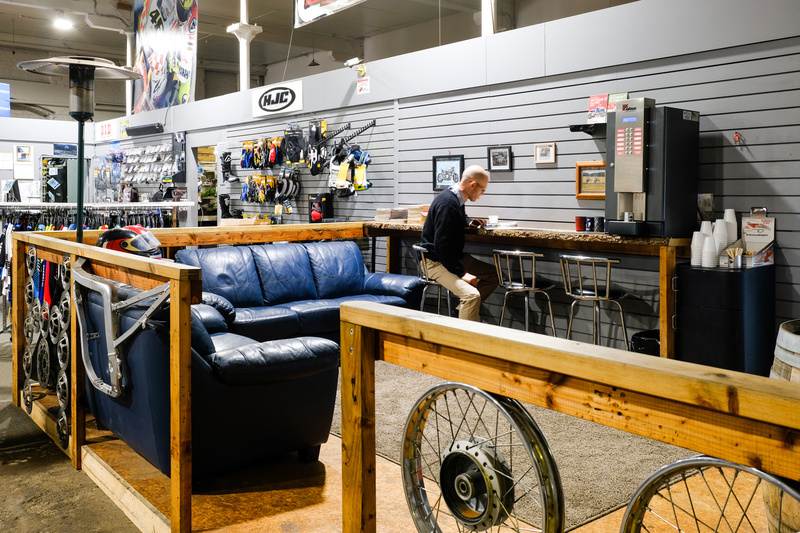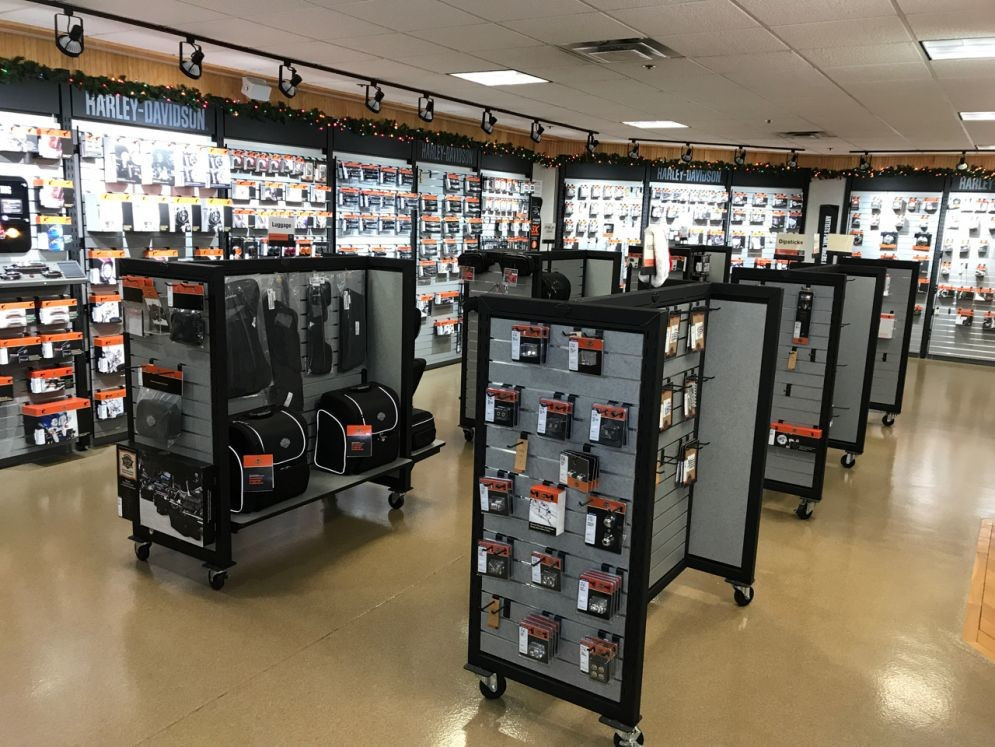Your Best Motorbike Shop for Quality Parts and Accessories
Your Best Motorbike Shop for Quality Parts and Accessories
Blog Article
Understanding the Vital Parts of a Motorbike: A Comprehensive Guide for Enthusiasts
For bike lovers looking to boost their riding experience and ensure their bikes run efficiently, recognizing the necessary parts of a motorbike is critical. Each element, from the engine's elaborate functions to the essential duty of the stopping systems, not just impacts performance however additionally safety and comfort.
Engine Elements

The camshaft plays a critical function in regulating the timing of the engine's shutoffs, ensuring the exact opening and closing required for efficient fuel and air intake, in addition to exhaust expulsion. This timing is critical to preserving optimal engine performance and effectiveness. In addition, the carburetor or gas shot system, depending upon the motorcycle version, is in charge of mixing air with gas in the proper ratio for burning.
The air conditioning system, either air or liquid-based, functions to keep the engine's temperature within functional restrictions, stopping getting too hot and making certain long life - motorcycle parts nz. Each part, thoroughly made and integrated, adds to the smooth procedure of the engine, specifying the bike's power output and general efficiency
Transmission System
Essential to the bike's performance, the transmission system guarantees reliable power transfer from the engine to the wheels. This system comprises a number of vital elements, including the clutch, transmission, and last drive, each playing a vital function in equating the engine's power right into motion. The clutch, commonly operated by a hand bar, offers to engage and disengage the engine from the transmission, permitting smooth equipment modifications and controlled velocity.
The gearbox, frequently referred to as the transmission proper, contains a set of gears that riders can manually move via to change the bike's speed and torque output. These gears are arranged in a series that makes it possible for the bike to increase efficiently and maintain optimum engine efficiency throughout different speeds. A lot of motorcycles utilize a consecutive gearbox, needing the biker to shift equipments in a fixed order.
Braking Devices
While recognizing the transmission system is crucial to harnessing a bike's power, just as important is the capability to regulate and stop that power successfully, which is where braking systems enter into play. Brakes are crucial for security and performance, supplying the biker with the required control to navigate various surfaces and conditions. Commonly, motorbikes include 2 kinds of braking systems: disc brakes and drum brakes.
Disc brakes are more common in contemporary bikes due to their superior efficiency. This system uses far better warmth dissipation, constant performance, and improved stopping power, specifically in damp conditions.
Alternatively, drum brakes, though much my latest blog post less typical, are still located in some motorbikes. They work by pressing brake shoes against the internal surface area of a drum connected to the wheel. While usually less efficient in heat dissipation and stopping power, drum brakes are easier and more cost-effective.
Comprehending these braking systems' nuances enables bikers to keep their motorbikes correctly and value the engineering that ensures risk-free and effective stopping.
Suspension and Guiding
Suspension and guiding systems are crucial parts that dramatically influence a motorcycle's handling and experience convenience. The shock absorber, consisting of forks at the front and shock absorbers at the back, absorbs roadway abnormalities, improving security and control. Front forks, generally telescopic or inverted, compress and rebound to minimize effects, top article while rear shock absorbers maintain tire contact with the road, important for traction and security.
Steering, focused around the handlebars, links the rider to the bike's directional control. The guiding head bearings ensure smooth procedure, enabling exact ability to move. Appropriate placement and upkeep of these bearings are critical for predictable steering action and minimizing rider fatigue.
The suspension's adjustability is one more vital element; preload, damping, and rebound setups permit customization to fit different riding conditions and styles. This adaptability is crucial for maximizing performance, whether navigating urban streets or tackling tough routes. Innovations like electronic shock absorber offer real-time adjustments, boosting trip quality across diverse surfaces.

Electric Solutions
After ensuring a smooth and controlled ride through efficient suspension and guiding systems, focus turns to the electrical systems, a crucial facet of contemporary motorbikes. These systems play a crucial role not only in beginning the engine however likewise in powering numerous components that improve the capability and security of the bike.
At the heart of a motorcycle's electrical system is the battery, which stores electric energy required for beginning the engine and powering auxiliary systems - moto parts nz. The alternator or generator, coupled with the rectifier-regulator, guarantees the battery continues to be charged while the bike functions, converting power right into electrical power and maintaining voltage levels
The ignition system, another essential component, is in charge of firing up the air-fuel mix in the engine's cylinders. Modern motorbikes usually make use of an electronic ignition system, providing higher efficiency and reliability contrasted to conventional systems.
Lights systems, including fronts lights, tail lights, and indicators, are likewise essential, making sure exposure and security for the cyclist. Additional digital elements such as sensing units, control devices, and displays contribute to advanced features like gas injection management, anti-lock stopping systems (ABS), and digital control panels, better improving the riding experience.
Final Thought
A comprehensive understanding of a bike's important elements, consisting of the engine, transmission system, braking mechanisms, suspension, steering, and electrical systems, is essential for lovers intending to enhance comfort, security, and efficiency. Mastery of these aspects enables informed choices relating to upkeep and upgrades, eventually improving the riding experience. By integrating this understanding, bikers can ensure their motorcycles operate at peak effectiveness and integrity, consequently making the most of both enjoyment and durability of their automobiles.
For motorbike lovers looking to elevate their riding experience and guarantee their bikes run smoothly, recognizing the vital components of a motorcycle is critical.Essential to the motorcycle's functionality, the transmission system makes sure effective power transfer from the engine to the wheels.While comprehending the transmission Continue system is vital to taking advantage of a bike's power, just as crucial is the capacity to manage and quit that power effectively, which is where stopping systems come into play. Generally, motorbikes include 2 kinds of braking systems: disc brakes and drum brakes.
A comprehensive comprehension of a motorbike's important elements, consisting of the engine, transmission system, braking systems, suspension, steering, and electrical systems, is essential for lovers aiming to maximize performance, safety, and comfort.
Report this page